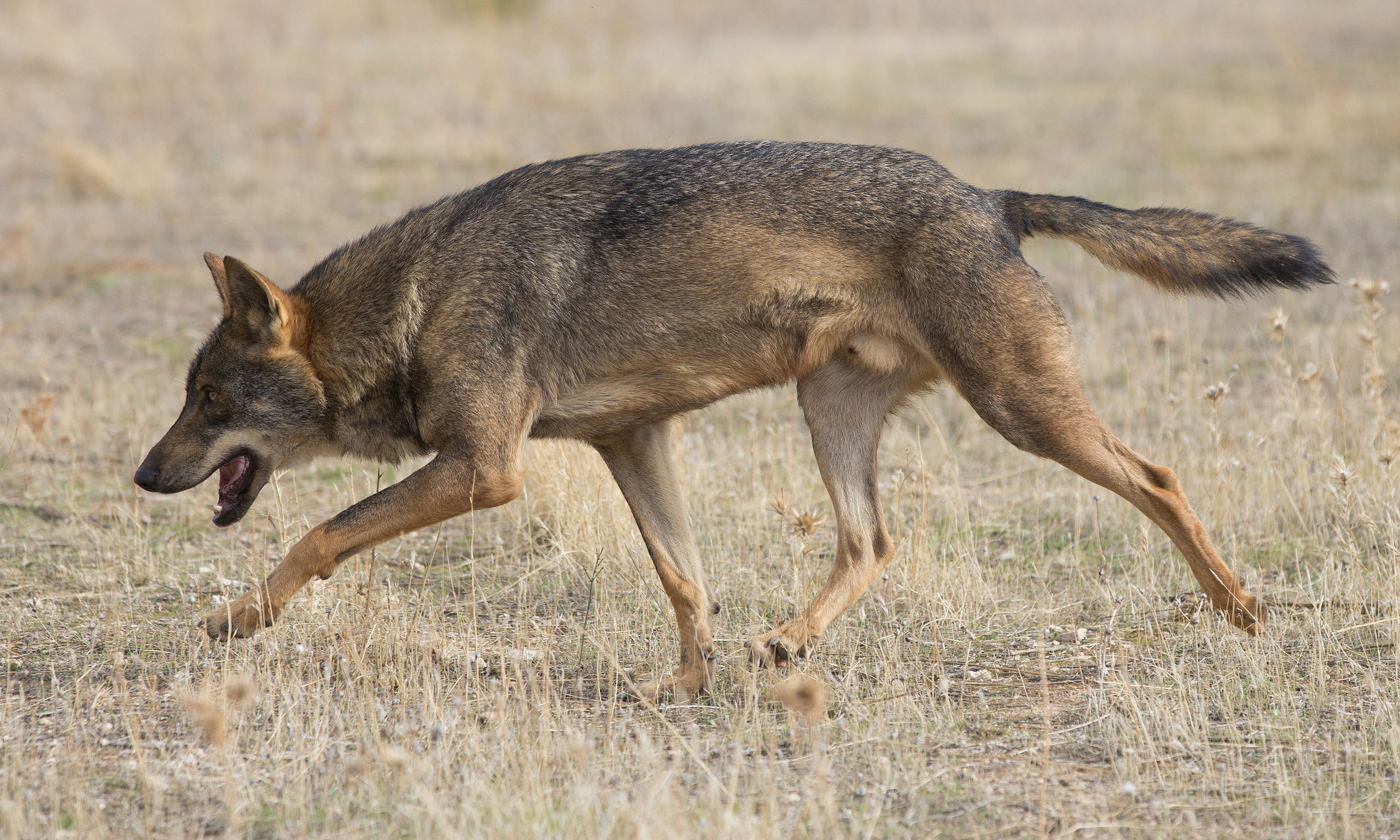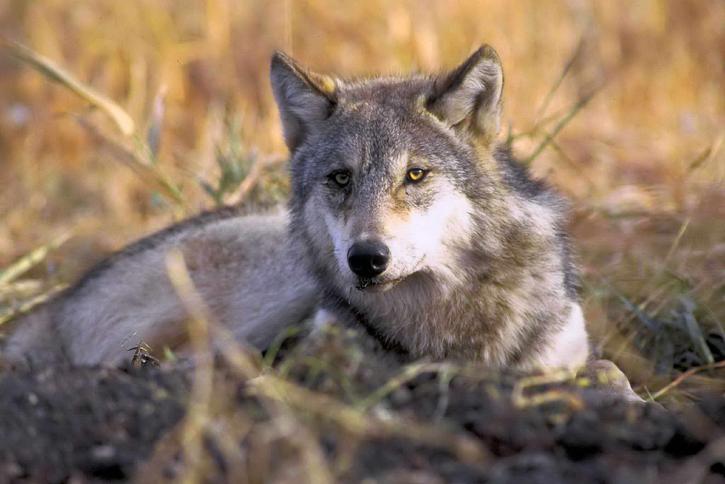
Gray wolves that live in the Chernobyl disaster site are beginning to roam out into surrounding areas — raising concerns that they could spread mutated genes to other populations.
In 1986, the infamous nuclear explosion at Ukraine’s Chernobyl nuclear power plant reportedly released 400 times more radioactive fallout than the Hiroshima bomb. Because authorities could not determine the extent of contamination in the area, people were banned from a 30-kilometer diameter surrounding the reactor. Even today, no one is allowed to live inside the zoned-off region — although tourists do sometimes wander in.
All sorts of animals are thriving in this region because, with the lack of humans, the radioactive zone acts something like a wildlife preserve. But as the wolf populations grow in the area, younger individuals will inevitably have to expand outward to search of additional space and food.

Scientists recently tracked 14 gray wolves within the exclusion zone by fitting each with a GPS collar and monitoring their movements over a 2-year period. One juvenile they tracked roamed off into the surrounding landscape — venturing as far as 186 miles outside the zone.
This is the first time researchers have observed a wolf moving outside the zone for an extended period of a time, according to a news release from the University of Missouri.
“We can assume that other young wolves may also disperse into outside areas, suggesting that the zone may act as a source that can augment surrounding populations, assuming wolves that leave the zone can successfully navigate the surrounding landscape,” said Michael Byrne, lead author of the study.
But while the raises the possibility of the Chernobyl wolves spreading contaminated genes to other wolves outside the zone, there’s no evidence yet that these animals are “mutants” or that they’re spreading any kind of mutated genetic material.
“It is an interesting area of future research, but it is not something I would worry about,” said lead author of the study, Michael Byrne.
Only time will tell.




